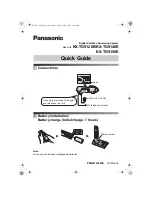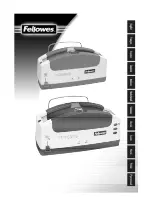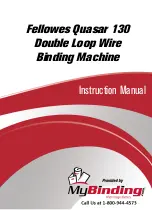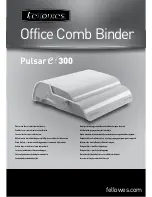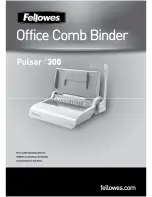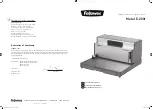
When sewn on a fold, flatlocking can create a decorative effect within
the body of a garment or project. Either follow placement lines on your
pattern or design your own special effects by stitching the fabric before
laying out pattern pieces. Then open the fabric fold until the flatlock
stitching lies flat (fig. A).
Be sure to sew a test sample first.
For 2-thread flatlock - wide
1.Engage the threading lever in threading position.
2.Place the needle thread on the "OVERLOCK NEEDLE 1" spool pin.
3.Thread needle thread through the upper looper thread guide on top
of the machine, then go down the thread path in the front of the
machine. Go left with the needle thread at the hook on front of the
machine. Then take the needle thread through the normal needle
thread paths (see illustration below).
4.Turn the cutting blade to the "locked" position.
5. Engage the subsidiary looper (following step 3 on page 35).
6. Thread the lower looper as shown in the illustration below.
7. Engage the threading lever in the serging position.
For "loops" (lower looper thread) to show on the right side, place fab-
ric wrong sides together for sewing the seam. To produce the "ladder"
(needle thread) on the outside, place the fabric right sides together (fig.
B).
Position the fabric under the presser foot, aligning the fold of the fabric 1/8 inch (3.5mm) to the left of the upper
cutting blade.
Note:
If the fabric does not pull completely flat under the stitches, guide the fabric fold to the left so that the
loops hang slightly off the fold as they are being stitched (fig.C).
Move the stitch selector lever to "A" and follow the suggested settings and threading diagram below.
O
V
E
R
L
O
C
K
S
T
I
T
C
H
E
S
E
X
P
R
E
S
S
36
2-Thread Flatlock - Wide
A
B
Looper
thread
Needle
thread
C
NEEDLES
O-1
LENGTH
2 - 2.5
WIDTH
7.5
STITCH
SELECTOR
A
WAVE
SELECTOR
OVERLOCK
〈
〉































